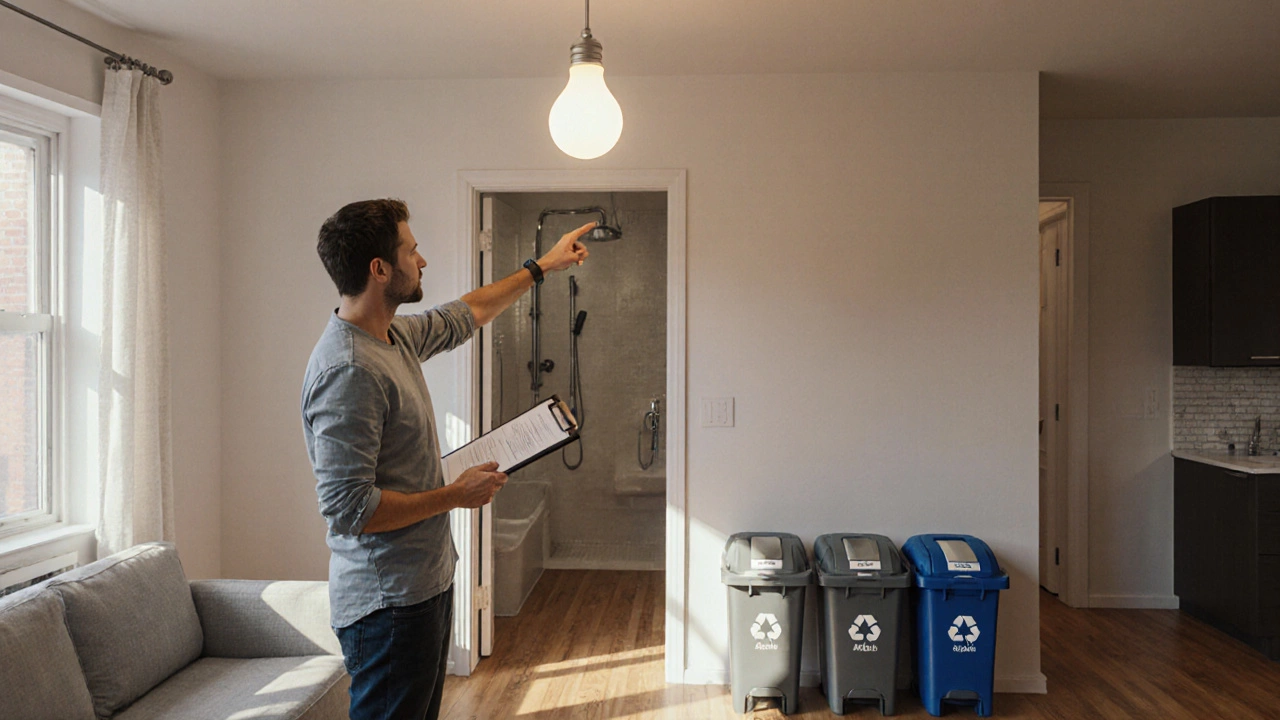Turn your Airbnb into a sustainable stay with practical tips on energy, water, waste, green cleaning, and carbon offsetting-all designed to attract eco‑conscious guests.
Sustainable Hosting: Eco‑Friendly Stays for Modern Travelers
When working with Sustainable Hosting, the practice of providing accommodation that minimizes environmental impact while maintaining comfort. Also known as green lodging, it focuses on energy efficiency, waste reduction, and local community support. Sustainable hosting often intertwines with Eco‑friendly Travel, travel choices that aim to lower carbon footprints, Glamping, luxury camping that uses low‑impact infrastructure, and Self‑catering, staying in rentals where guests prepare their own meals, cutting down on waste. These concepts together create a greener hospitality landscape.
Key Pillars of Sustainable Hosting
First pillar: energy. Buildings that rely on renewable energy sources—solar panels, wind turbines or geothermal heat—cut the carbon emissions tied to traditional heating and power. A property that offsets its remaining emissions by investing in reforestation or carbon credits creates a net‑zero footprint, a concrete step many boutique hotels and self‑catering cottages are adopting. Second pillar: waste. Compostable utensils, recycling stations, and refillable toiletry dispensers turn waste streams into resources. When guests participate, the overall environmental load drops dramatically, making the stay feel both luxurious and responsible.
Second pillar: water. Low‑flow showers, rainwater harvesting, and smart irrigation keep water use in check, especially in coastal or drought‑prone regions. Some glamping sites now bundle water‑saving tech with solar‑powered lighting, proving that comfort and conservation can coexist. Third pillar: local sourcing. Restaurants that serve farm‑to‑table menus, or self‑catering guests who shop at nearby markets, reduce transport emissions and boost the local economy. This synergy between hospitality and community is a hallmark of sustainable hosting and explains why many travelers now seek out properties that champion local produce.
Contrast this with all‑inclusive resorts that often bundle food, drink and entertainment under one price but hide high energy use, water waste and food waste. While they offer convenience, the hidden environmental cost can outweigh the perceived value. By choosing eco‑friendly alternatives—whether a boutique hotel that installs LED lighting, a glamping lodge that uses biodegradable soaps, or a self‑catering cottage that encourages guests to bring reusable containers—travelers actively shrink their carbon footprint. Renewable energy, carbon offset programs, and strict waste management are the tools that turn ordinary stays into sustainable experiences.
Sustainable hosting is gaining momentum as more guests demand transparency and genuine green practices. In the sections that follow you’ll find a hand‑picked collection of guides that break down everything from eco‑friendly travel tips and glamping best practices to self‑catering advantages and boutique hotel sustainability stories. These resources will help you plan trips that feel great and do good, giving you the confidence to choose accommodations that match your values.
